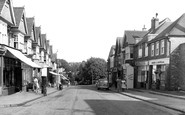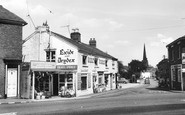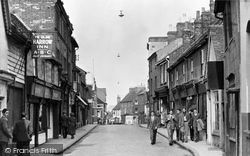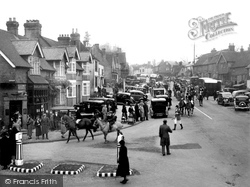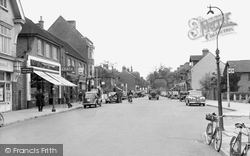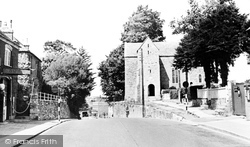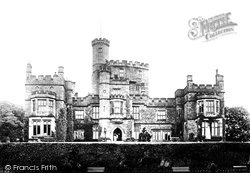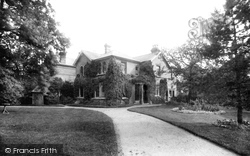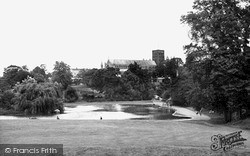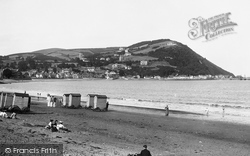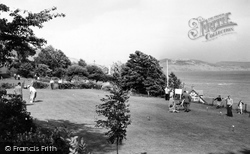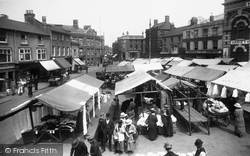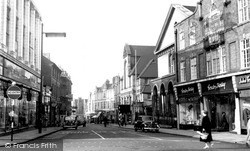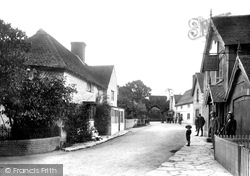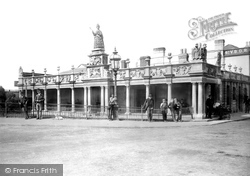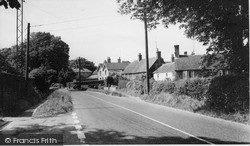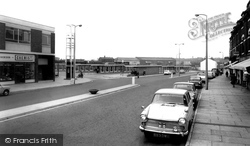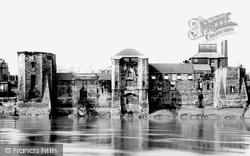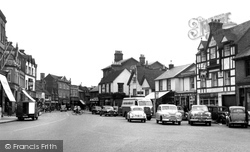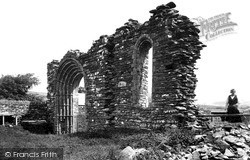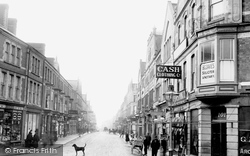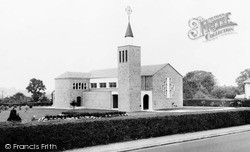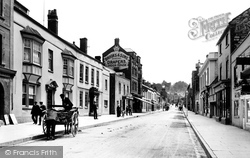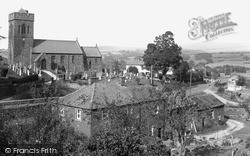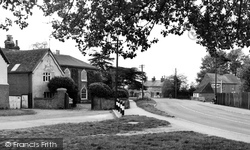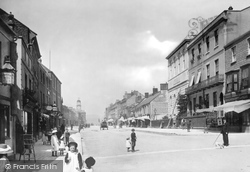Places
Sorry, no places were found that related to your search.
Photos
5 photos found. Showing results 941 to 5.
Maps
83 maps found.
Books
Sorry, no books were found that related to your search.
Memories
1,128 memories found. Showing results 471 to 480.
Also From Tonbridge
I also came from Tonbridge, went to the Slade in the 1960s and then on to Hugh Christie in the late 1960s and left in 1976. I also live in Australia. During the 1970s I was a Teddyboy, I still am today. I used to go to the teen ...Read more
A memory of Leigh by
The Trust And St Marys Church
I lived my first 17 years, from 1932, in Horden at the Trust Hotel and remember Lumleys store. I was an altar server at St Mary's around the early 1940s and the vicar at the time was the Reverend Walton. My sister ...Read more
A memory of Horden in 1949 by
The Lights Of Home
I was brought up in Glenboig. I went to the school that sank, what great memories I have of the old teachers, Mr Mcafee, Mr Gallacher, Mr O'Neill, Mrs Hughes, Mrs Deerie, Mrs Egan and Mrs Clinton in Room 1. I had moved away by ...Read more
A memory of Glenboig by
Grandmother
I have little information, other than my paternal Grandmother was the eldest of 16 children born in Bradwell approximately at this time, or much earlier, possibly 1875 onwards. Her maiden name was Elizabeth Cook. A cousin of ...Read more
A memory of Bradwell in 1890 by
My Memories Of Wickford
My parents and I lived in North London near Hendon aerodrome. Because it was well known as an RAF base the German Luftwaffe raided the area regularly. My parents decided to move to somewhere safer and because my mother's ...Read more
A memory of Wickford in 1940 by
Cwm To Rhiwbach
I am writing this on behalf of my wife, Brenda Wilcox. She was born in Cwm and so was her brother Chris. Harry Wilcox, her father, was known in football terms as the gentle giant by the locals. Brenda lived in 5 Rhosgoch. When ...Read more
A memory of Cwm in 1955 by
Memories Of Ottershaw
My family came to live in Ottershaw in 1952 when I was 5 years old. My father, Charles Coulson, had moved us from the North of England owing to lack of work since his de-mob from the RAF. He was employed as a ...Read more
A memory of Ottershaw in 1952 by
Very Fond Memories
I was born in Ewell in 1945 and lived with my family at 156 Banstead Road South from 1950 to 1966. My first school was Miss Attrel's at the top of Station Road opposite the garage. I used to walk from home and back although a ...Read more
A memory of Belmont in 1951 by
Glyn Hall
We moved to Glyn Hall about 1942. My father and later, my mother worked at the ROF Glascoed. My sister Glenys has photographs of some of the social activities including a fancy ball. I doubt that there would be any external photos as ...Read more
A memory of Mamhilad in 1942 by
Bert Price''s Shop
Bert Price's Shop was at the top of our street - Church Street. Bert Prices' shop sold anything and everything. From household buckets and dusters to DIY tools, firewood, fire lighters and paraffin for the heater in our ...Read more
A memory of Davenham in 1970 by
Captions
1,233 captions found. Showing results 1,129 to 1,152.
The pub has now merged with the Barleycorn on the Buckingham Street corner and is archly renamed the Farmyard and Firkin.
Here the photographer looks west along the High Street from the junction with Outwood Lane on the morning of a fox hunt - this type of scene was much favoured for Frith postcards.
There has been much rebuilding of this part of the High Street, none of it for the better, since the 1950s; continuity has been achieved only by the building at the far left, which is still
Anglo-Saxon arcading was replaced by Norman arches in the 12th century. The view is northwards from North Street, down to the sign of the former Lord Nelson public house (centre).
Painted by the artist Turner, it became famous and was much visited. It was built by the Norman Montbegon family just after they arrived in Lancashire.
Note the round-arched windows and the ornamental bargeboards that are characteristic of the 1860s and early 1870s. Woodside Road was also laid through the former Benhill Woods.
Much of the original structure was built using rubble from the remains of the Roman town of Verulamium, which stood close to the present Verulamium Park.
Once a port described by Daniel Defoe as 'fairer, and much deeper, than those at Watchet and Porlock', it turned into a major seaside bathing resort in the later 19th century.
By 1962 they were being torn apart by landslips, and the situation was much the same in 2005, with this area being sealed off.
This view from the middle of the Market Place is not much altered since 1922. The view towards the Royal Hotel and Lloyds Bank is almost unchanged.
Clothes were still made at home, and Thoday sold patterns, often by Vogue, which could cost as much as 7s 6d, and also the more humble and easier designs selling for 1s 9d.
Here the photographer looks from by the churchyard gate past the Half Moon pub to the unusual arch formed by two elm trees, now long gone. The pavements are large slabs of sandstone.
The Tone Stone, on which business deals were struck, is partially obscured in front of the centre arch.
The road widens to form Posey Green, with the 1930s Horseshoe Inn on the right out of camera shot; it is a rambling mix of local sandstone and timber-framing with a huge horseshoe- arched
When the bus station opened on 20 May 1963, much Castleford history was lost with the demolition of the Queen's Head Hotel and Wainwright Street.
In the centre is the square gate tower with its arched water gate. Boats could enter the castle through the water gate, as there was a small quay to the rear of the tower.
Beyond, much is rebuilt, apart from the 18th-century three-storey building with a pediment and Venetian windows.
The abbey was dissolved by Henry VIII in 1539 and was sold to the Earl of Essex and his agent, John Stedman, whose family later used much of the stone in their mansion and farm buildings.
There is much to see in this picture, including the flat-capped men looking directly at the photographer on the right, and the more casual observers further up the street.
Several people were killed, and much damage was done to local property.
Since 1909, Brooks and Sons and the house to its left have been demolished, and the Arches Way road formed. To the right, the finial belongs to The Avalon Club of 1897.
Not long after, the enthusiastic wood-carving cleric Canon Wilson adorned the interior with much of his own work.
The house on the left, Gothic House, has elegant Strawverry Hill Gothick style late 18th-century arched windows, while the gabled wing has a painting of St George and the Dragon above the first floor window
On the street, a new generation had not yet been born in the Victorian shot, but otherwise not much has changed.
Places (0)
Photos (5)
Memories (1128)
Books (0)
Maps (83)

